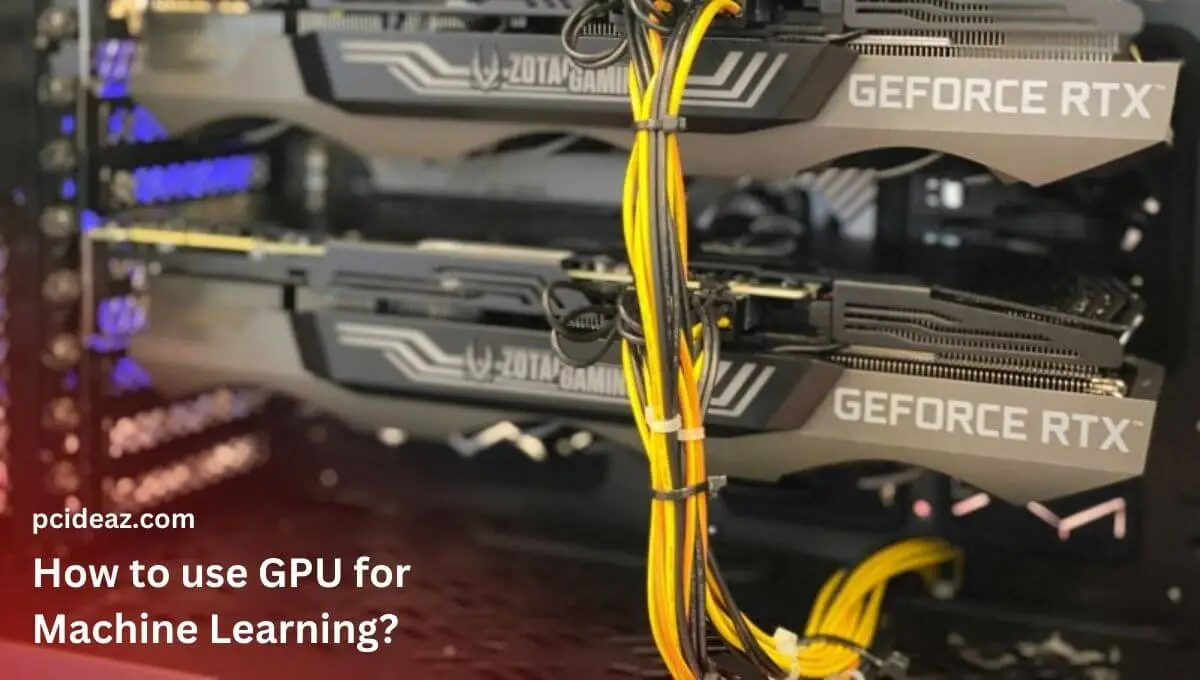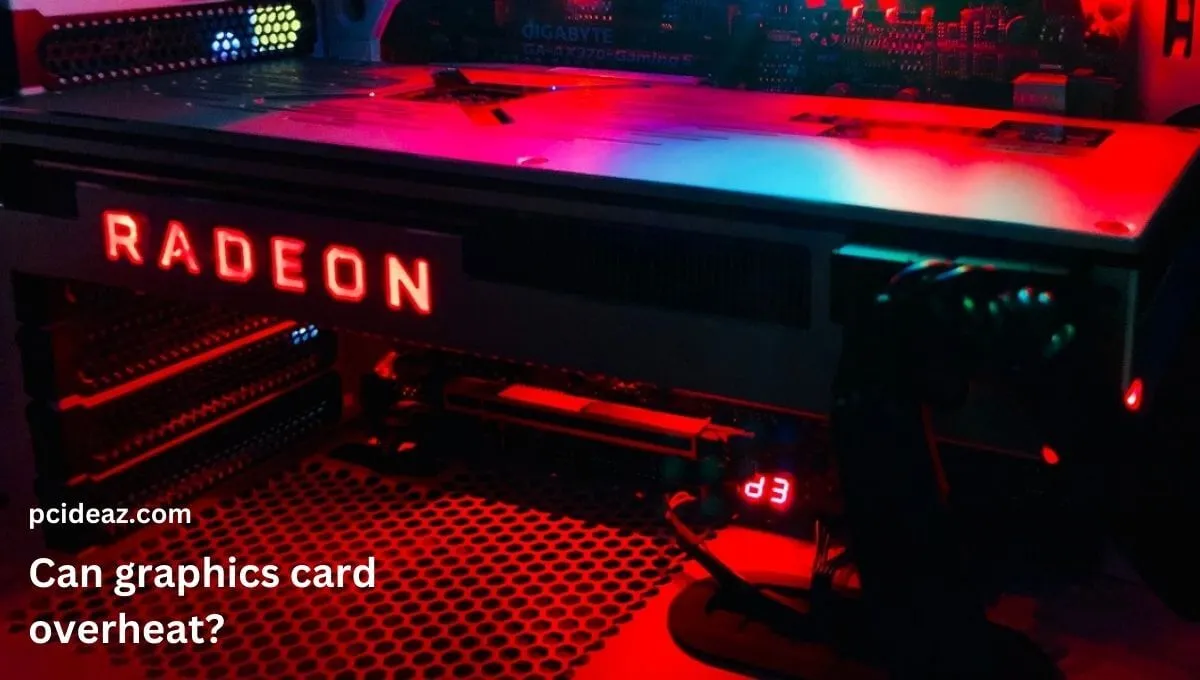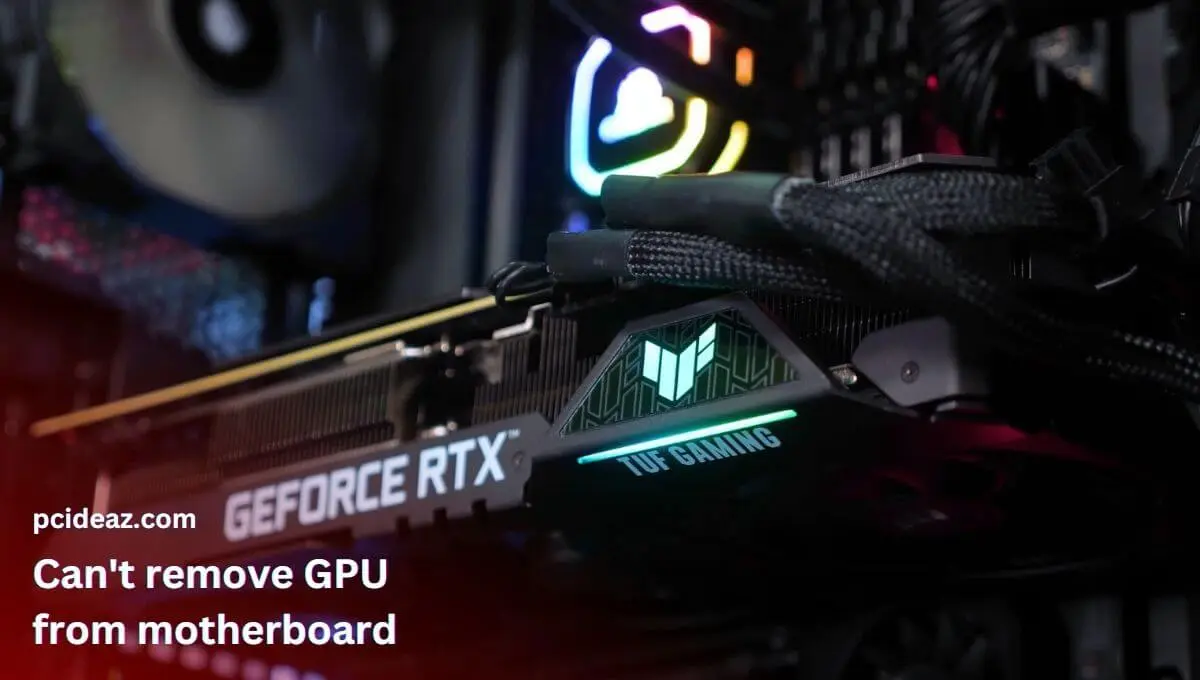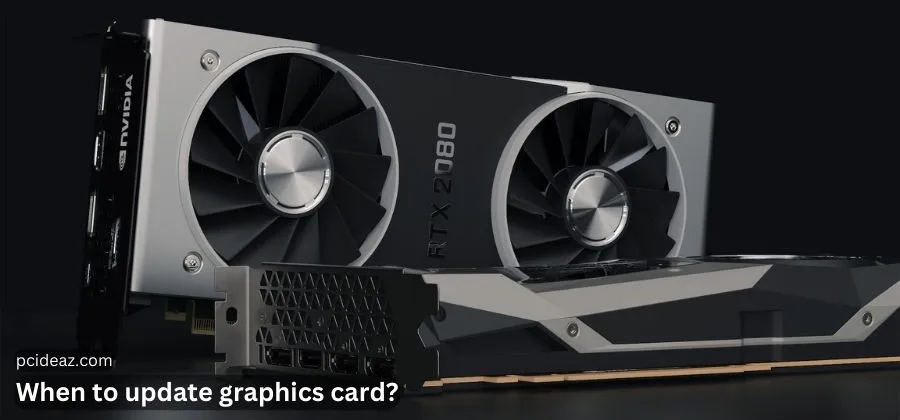A GPU backplate is an accessory metal or plastic plate installed on the back of a graphics card to enhance its appearance, stability, and performance. It can be made of various materials such as steel, acrylic, or aluminum, and its material may contribute to heat distribution. The backplate helps reinforce the structure of the card and protects delicate components from physical damage.
In addition, the stability and support provided by a backplate help the graphics card perform better, especially when the graphics card’s surface area is larger than the available space in a CPU. Since this graphics card’s component is so important, we’ll look at it in detail in this everything related to GPU backplate: the ultimate guide. This post will explore essential facts, tips, and pros users must know.
Key Takeaways
- A GPU backplate is an accessory metal or plastic plate installed on the back of a graphics card to enhance its appearance, stability, and performance.
- It mainly has three types depending on the structure, and the installation process may vary relying on its particular type.
- Although a graphics card can work without having a backplate, it’s suggested to have it to increase the GPU’s lifespan and save you money.
Types of GPU backplates
Although you can categorize the GPU backplates into several categories depending on their structure, feature, price, and user segment, we have derived a few types based on their structure. The three types of GPU backplates are the Simple Backplate, RGB GPU Backplate, and Liquid-Cooled GPU Backplate.
- Simple Backplate: This basic, affordable backplate type is available for all customer segments. It does not have flashy features like RGB lighting, liquid cooling, etc., but it provides protection and rigidity to the graphics card.
- RGB GPU Backplate: This backplate is custom designed and has flashy features like RGB lighting, etc. It is more expensive than the simple backplate but more affordable than the liquid-cooled GPU backplate.
- Liquid-Cooled GPU Backplate: This backplate is custom designed and has flashy features like RGB lighting, liquid cooling, etc. It is excellent for cooling but pricier than the simple backplate and RGB GPU backplate.
Overall, the three types of GPU backplates cater to different customers with different needs and budgets and differ in terms of features, design, and price.
Benefits of GPU backplate
Although there are several benefits of a GPU backplate, a few important ones include as follow:
- Stability and support: A GPU backplate provides stability and support for the graphics card, which helps prevent damage from external factors and improves the graphics card’s performance. This is because when a graphics card’s surface area exceeds the available space in a CPU, the backplate provides additional stability and support to the graphics card.
- Protection: It protects the graphics card from external damage and elements. This is because the backplate acts as a cover to shield the graphics card from the elements and prevents any physical damage from occurring to the graphics card.
- Additional cooling: The graphics card’s backplate provides additional cooling and heat distribution, which helps improve the graphics card’s overall performance. This is because the backplate’s material may allow heat distribution and prevent overheating the graphics card.
- Improved appearance: It enhances the appearance of a graphics card, as some manufacturers use backplates to display their logos or brand names. This makes the graphics card look more attractive and stylish. Moreover, you can choose a custom RGB backplate to take the look of your graphics card and computer to the next level.
- Better cable management: You can also route cables and keep them organized by routing them through the backplate, keeping them away from the main area of the motherboard and other components. This way, you can improve the overall appearance, reduce clutter, and prevent cables from getting tangled or interfering with other components.
Installation of a GPU Backplate
In this section, we’ll learn the tools, tips, and a step-by-step process to install a backplate on the graphics card. Let’s start learning!
Tools needed for the installation
The tools needed for installing a GPU backplate vary depending on the specific backplate and the graphics card it is intended to be used with. Generally, the following tools may be needed:
- Screwdriver: A screwdriver is needed to attach the backplate to the graphics card and the case.
- Screws: Some backplates may come with screws to secure the backplate to the graphics card.
- Thermal paste: Some backplates may require thermal paste to transfer heat from the graphics card to the backplate.
- Double-sided tape: Some backplates may come with double-sided tape to secure the backplate to the graphics card.
- Ruler or measuring tape: A ruler or measuring tape may be needed to ensure the backplate is correctly aligned with the graphics card and case.
- Pliers or tweezers: These tools can be used to manage cables or to manipulate small screws or connectors.
- Adapters: Some backplates may come with adapters to fit different types of graphics cards.
It is essential to carefully read the instructions with the backplate to ensure all the necessary tools and materials are available and to determine the specific steps required for installation.
Step-by-step installation process
Although most graphics cards have a backplate installed on them, a few may lack it. If you have a graphics card without a backplate installed, you can follow this process to install on. The installation process includes as follow:
- Step 1: Turn off and unplug your PC from the wall’s power socket. This is a necessary safety precaution to ensure that you don’t get an electric shock while working on the internal components.
- Step 2: Remove the packaging from the backplate and keep the instructions and any equipment, such as screws, handy. This will make it easier for you to refer to the instructions when necessary.
- Step 3: Place your graphics card on a spacious surface and gently clean it with a microfiber cloth if needed. This will ensure a clean working surface, making the installation process easier.
- Step 4: Use a screwdriver to remove the designated screws specified in the instructions. Do not remove any screws not specified in the instructions, as doing so may damage your graphics card.
- Step 5: Replace the removed screws with the longer screws provided with the backplate. These screws are meant to replace the ones you just removed, but they are longer to accommodate the backplate’s depth.
Note: If the backplate comes with magnets or double-sided adhesive tape, secure it to the graphics card. This will ensure that the backplate stays in place during the installation process.
- Step 6: Align the holes of the backplate with the screw holes on the graphics card. Ensure the holes are correctly aligned to avoid damaging the graphics card.
- Step 7: Secure the backplate to the graphics card by screwing the new screws into the appropriate holes. Ensure the screws are tightened securely to avoid damaging the graphics card.
- Step 8: Reassemble the PC and power it on to check if the backplate has been installed correctly. If everything is working properly, you can now enjoy the benefits of your new GPU backplate.
Conclusion
A GPU backplate is a metal or plastic plate attached to the back of a graphics card to improve its appearance, stability, and performance. There are three types of GPU backplates: simple, RGB, and liquid-cooled. The backplate provides stability and support to the graphics card, protects it from external damage, improves cooling, and enhances its appearance.
Installing a GPU backplate requires various tools, such as a screwdriver, screws, thermal paste, double-sided tape, and a ruler depending on the backplate and graphics card. A step-by-step process to install the backplate is described in the article. You can read the whole process in the previous section of the post to know an in-detail installation process.
Frequently Asked Questions
Does a GPU require a backplate?
No, a GPU does not require a backplate since it can work without it. A GPU backplate is an accessory that enhances its appearance, stability, and performance and protects delicate components. Therefore, it’s suggested to have a backplate on the graphics card.
Why does a GPU need a backplate?
A graphics card’s surface area exceeds the available space in a CPU, so it needs a backplate. A backplate serves three purposes: stability, cooling, and aesthetics. Graphics cards can grow larger than anticipated, subjecting them to external damage.
Can a GPU backplate improve cooling?
Yes, you can use a backplate to improve heat dissipation, but it is not the end-all-be-all. Graphics cards perform extensive tasks; they have to accept binary data from the CPU, process it, and translate it into the necessary images. Most GPUs have a specialized cooling system to help prevent this.
What to know when buying a GPU backplate?
If you are looking to add a backplate to your case, there are a few things you need to consider:
- You must ensure that the backplate you choose is compatible with your motherboard.
- It would help to decide what purpose you want the backplate to serve.
- You must pick a material and color matching your build.






